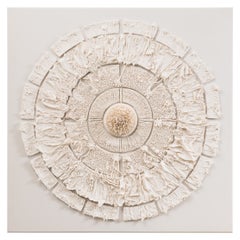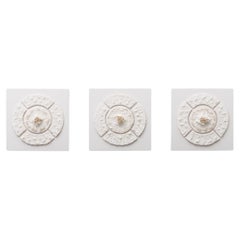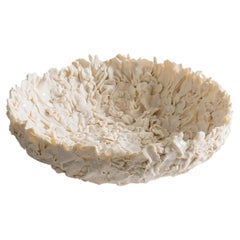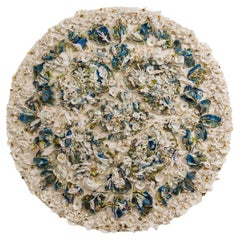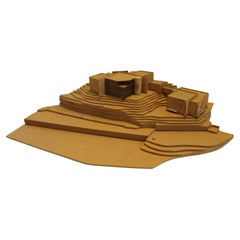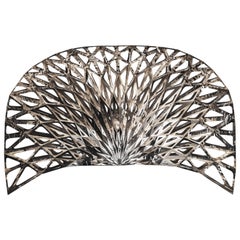Mounted Objects
Antique, New and Vintage Mounted Objects
to
404
1,848
935
103
338
447
1,063
1,038
225
351
273
25
8
21
20
12
46
107
118
47
39
510
284
138
66
64
46
40
35
26
25
22
14
8
8
7
7
4
1
1,222
1,136
706
420
294
1,344
1,022
1,347
884
471
439
394
Height
to
Width
to
2,886
2,242
2,363
336
170
81
47
33
Mounted Objects For Sale
Reflection, US
By Mindy Horn
Located in New York, NY
Several themes appear often in Horn’s work, the most central being multiplicity.
Horn’s meticulously constructed wall reliefs are composed of minuscule, seemingly identical pieces...
Category
2010s American Modern Mounted Objects
Materials
Gold
Price Upon Request
Parterre 'Triptych', US
By Mindy Horn
Located in New York, NY
Several themes appear often in Horn’s work, the most central being multiplicity.
Horn’s meticulously constructed wall reliefs are composed of minuscule, seemingly identical pieces...
Category
2010s American Modern Mounted Objects
Materials
Gold
Price Upon Request
Still Life, US
By Mindy Horn
Located in New York, NY
Todd Merrill Studio has represented Mindy Horn since 2019. Horn believes that a life, an idea, or a work of art all begin with perfection, or as she puts it “an untested plan of what...
Category
2010s American Modern Mounted Objects
Materials
Gold
Price Upon Request
Garden Tondo, US
By Mindy Horn
Located in New York, NY
Mindy Horn’s ceramic “Garden Tondo” revisits elements most often seen in her vessels, which are notable for their imperfections, appearing to have grown and then weathered organically. With her most recent ceramic wall medallion, a multitude of individual floral specimens converge into an unexpected baroque composition. Each tiny, hand-formed component’s individuality is lost within the larger picture. Incorporating subtle variations in the treatment of the delicate porcelain pieces, such as glazing, bisque firing, the application of powdery mason stain, or firing with a gold luster overglaze, creates a complex, glimmering landscape across the surface. Similarly, the lifting of each tiny composition off of the solid...
Category
2010s American Modern Mounted Objects
Materials
Gold
Price Upon Request
Afra and Tobia Scarpa Model 'Maquette' of Aobadai House, Tokyo 'Japan' 1995
Located in Sacile, PN
Afra and Tobia Scarpa paperboard model (maquette) of Aobadai House, Tokyo 1995
Residential villa and Embassy of Brunei - Aobadai House in Tokyo (Japan)
Architectural design: Af...
Category
1990s Italian Mid-Century Modern Mounted Objects
Materials
Paper
Mesh Gate Stainless Steel Room Divider Installation Indoor and Outdoor
Located in Beverly Hills, CA
The mashing mesh series is the latest design collection by celebrated Chinese designer Zhoujie Zhang in 2016. The series starts with Zhoujie's obsession with parametric design and me...
Category
21st Century and Contemporary Chinese Mounted Objects
Materials
Stainless Steel
Price Upon Request
Recently Viewed
View AllMore Ways To Browse
Neolithic Flint Axe
Odd Fellows Mask
Outboard Motor Sculpture
Outboard Motor Stand
Paul Allen Counts
Robert Rivera Gourds
Wooden Circle Sculpture
Yves Paquette
Match Holder Striker Antique
Medal Cabinet
Metal Secretary Desk
Midcentury Modern Bathroom Cabinets
Milk Pail
Ming Dynasty Cabinet
Ming Guanyin
Montreal Olympics 1976
Napoleon Medallions
Niche Cabinet
